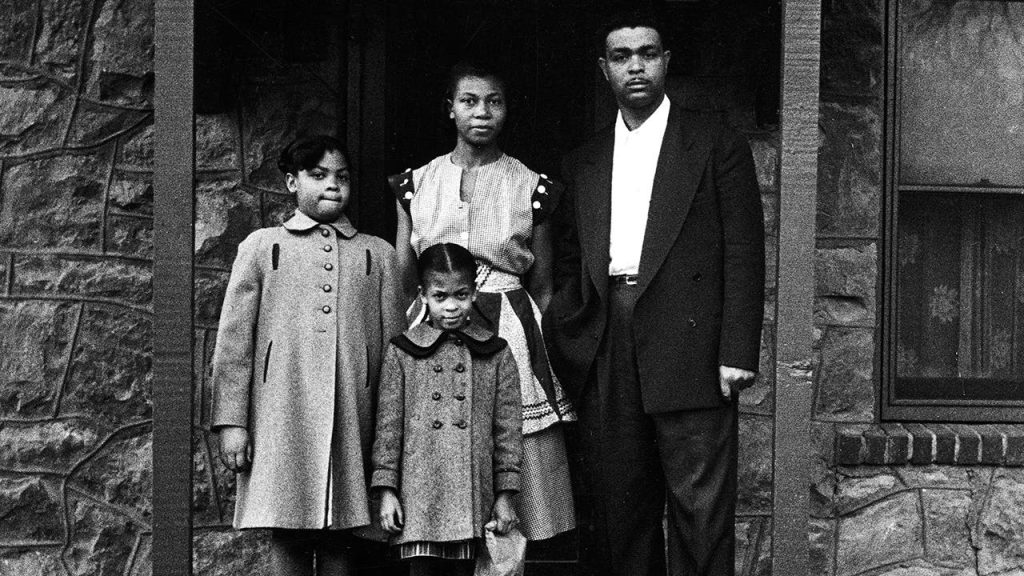On May 17, 1954, the United States Supreme Court unanimously declared racial segregation in public schools unconstitutional in the landmark case of Brown v. Board of Education. The ruling overturned the concept of “separate but equal” that had been established in the 1896 Plessy v. Ferguson ruling, which permitted segregation in public facilities. The case, brought by lead plaintiff Oliver Brown against the Topeka school board, set an important legal precedent and paved the way for further battles against segregation.
Thurgood Marshall, who served as the chief legal counsel for the NAACP, played a significant role in the Brown v. Board case. Marshall argued that segregation based on the principle of “separate but equal” violated the rights guaranteed by the 14th Amendment of the Constitution. The Supreme Court decision was a triumph for Marshall and marked a turning point in the fight for civil rights. Marshall’s successful arguments in the case led to his eventual appointment as the first African American Supreme Court Justice in 1967.
Following the Brown v. Board decision, the battle against school segregation continued in local communities. Events such as the integration of Central High School in Little Rock and Alabama Governor George Wallace’s resistance to desegregation highlighted the ongoing challenges faced in the struggle for racial equality. Despite the progress made since 1954, school segregation remains a challenge today due to economic and social factors, as well as a movement to re-segregate education in the name of social justice.
Recent trends in education, such as segregated graduation ceremonies and calls for segregated programs in higher education, have raised concerns about the reemergence of segregation. Efforts to promote segregated medical schools have also sparked controversy. Despite these challenges, the 1954 Supreme Court ruling in Brown v. Board of Education continues to serve as the foundation for equality in education. Chief Justice Earl Warren emphasized the importance of integration in his explanation of the unanimous Supreme Court decision.
In conclusion, the legacy of the Brown v. Board of Education decision remains significant in the fight against racial segregation in public schools. Thurgood Marshall’s role as a champion for civil rights and his subsequent appointment to the Supreme Court reflect the lasting impact of the case. While challenges to integration persist, the principles established in the landmark ruling continue to shape the pursuit of equality in education and society as a whole.













